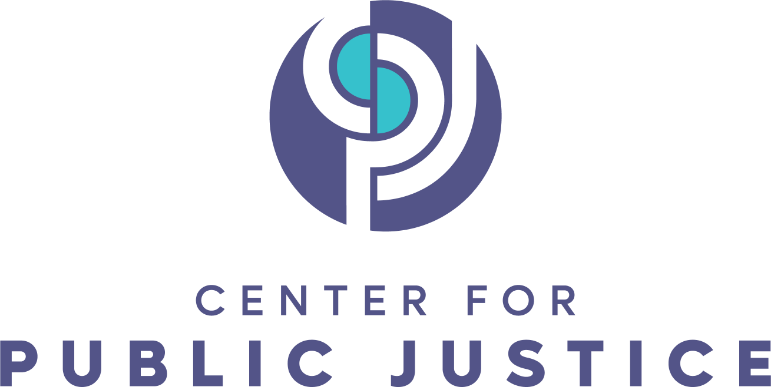Through the latter 1990s, Congress added Charitable Choice language to a set of federal social service programs, tracking the U.S. Supreme Court’s turn from a “no aid to religion” interpretation of the First Amendment to its adoption of a “neutrality” or “equal treatment” position. What then about the many federal social service programs lacking the Charitable Choice language?
In December, 2002, President George W. Bush issued Executive Order 13279, requiring “Equal Protection of the Laws for Faith-Based and Community Organizations.” This executive order in effect specified that the Charitable Choice principles must guide all federal social service spending. Over the next few years, various federal agencies reviewed their regulations governing awards of funding to private organizations and, through the normal rule-making process, proposed revised regulations, solicited public comment, and then promulgated final regulations called “equal treatment” or “equal opportunity” regulations.
These all follow the basic Charitable Choice principles:
- Equal eligibility. Religious organizations, however religious they may be, are eligible for federal funding equally with secular organizations. In deciding which provider should get a contract or grant, officials must not be biased against religion and not biased for religion or for some particular religion. The only question is: which applicant will do the best job?
- Protected religious identity. Religious organizations do not need to water-down their religious identity to be eligible for federal funds. Instead, the rules specifically protect their religious features. They can have a religious name and a religious mission. They can have imams or priests in the executive office and on the governing board. They can offer voluntary religious activities that they fund themselves, even when they also provide government-funded services. And the religious organizations can continue to hire based on religion even though they receive federal funds. Even if the federal program law forbids religious hiring, the faith-based organization can appeal to the federal Religious Freedom Restoration Act to continue its hiring practices, as the Obama administration acknowledged.
- Beneficiary protections. The organizations must not turn away eligible beneficiaries because of their religion or lack of it. The organizations must not compel beneficiaries to participate in religion. Beneficiaries must be offered an alternative if they object to a faith-based provider (this was required in some versions of Charitable Choice).
- No direct payment for religion. Federal grant and contract funds—that is, “direct” funding—cannot pay for explicitly religious activities such as prayer, religious instruction, or proselytization, or for religious items like Bibles. An organization that offers religious activities on a voluntary basis has to keep the religion separate in time or location from the directly-funded services.
If there’s a choice, religion can be offered. Sometimes the federal funding comes to a faith-based provider in an “indirect” way—the government provides a scholarship or child-care certificate to the beneficiary and then the beneficiary chooses a provider. In this case, the faith-based organization can include religious activities and religious teaching as part of the federally funded services that it offers.
